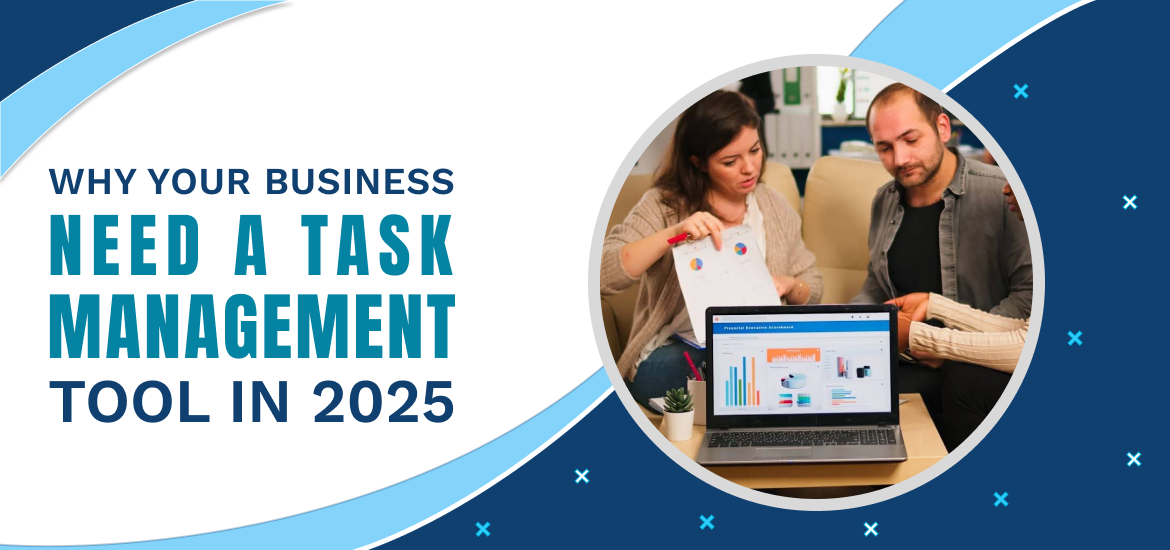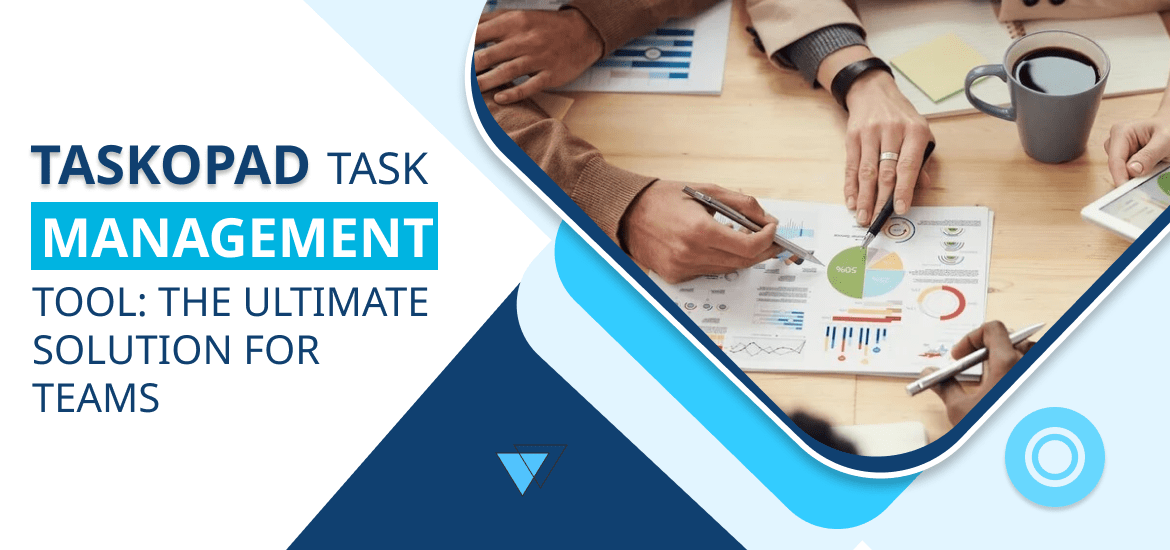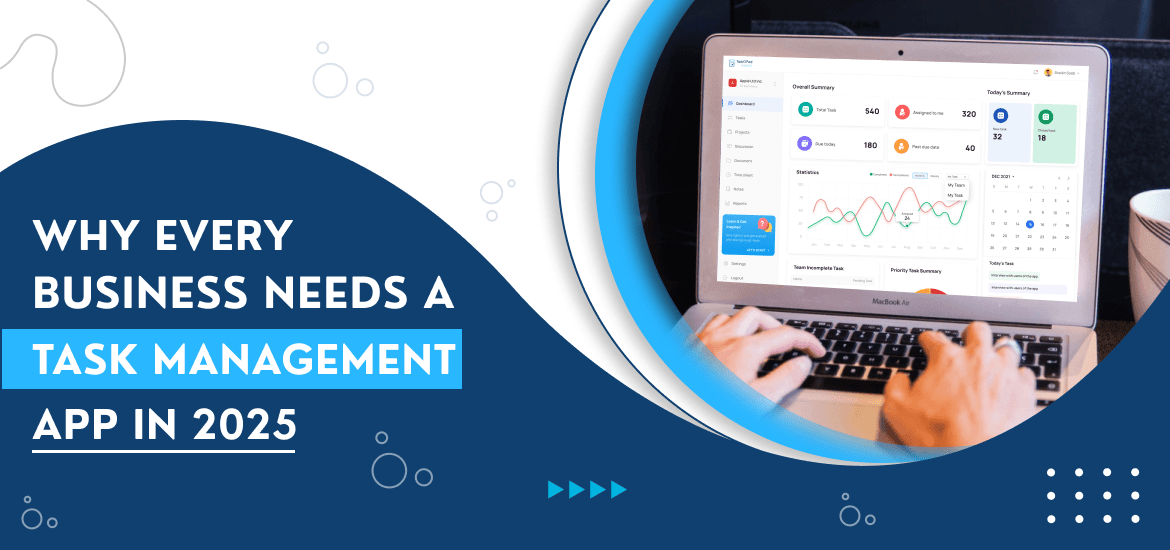
Task Management Software
How Task Management Software Can Streamline Your Business Operations
Apr 3rd, 2025
Introduction
Why Your Business Needs Task Management Software
- Enhanced Productivity: Automates repetitive tasks and keeps teams focused.
- Better Collaboration: Enables seamless communication among team members.
- Improved Organization: Helps keep projects and tasks structured.
- Increased Accountability: Assigns responsibilities and deadlines to individuals.
- Real-Time Monitoring: Tracks progress and identifies bottlenecks early.
Define Your Business Needs
- What are your primary goals?
- How many team members will use the software?
- Do you need integrations with other tools?
- What level of customization do you require?
- What is your budget?
Key Features to Look for in Task Management Software
1. User-Friendly Interface
2. Task Creation and Assignment
3. Collaboration Tools
4. Customization Options
5. Time Tracking and Reporting
6. Integration with Other Software
7. Mobile Accessibility
8. Automation and AI Features
9. Security and Data Protection
10. Scalability
TaskOPad: A Powerful Task Management Solution
TaskOPad is a leading task management software designed to enhance business operations by streamlining workflows and improving team collaboration. With a user-friendly interface and robust features, TaskOPad helps businesses stay organized and efficient.
- Intuitive Task Assignment: Easily create and delegate tasks.
- Seamless Collaboration: Real-time chat, file sharing, and notifications.
- Comprehensive Reporting: Gain insights with detailed analytics.
- Mobile Access: Manage tasks on the go with a dedicated mobile app.
- Automation and Workflow Customization: Automate repetitive tasks and tailor workflows to your business needs.
Choosing the Right Pricing Plan
Most task management tools offer free plans with limited features and paid plans with advanced functionalities. Consider:
- Small teams: A free or basic plan might suffice.
- Mid-sized teams: Opt for a plan with collaboration tools and automation.
- Large enterprises: Choose an enterprise plan with enhanced security and scalability.
Implementation and Team Adoption
Once you select a tool, the next step is successful implementation. Follow these best practices:
- Train Your Team: Provide tutorials and on boarding sessions.
- Start Small: Begin with a single project before company-wide adoption.
- Encourage Feedback: Gather insights to optimize usage.
- Monitor Usage: Track team engagement and address any issues early.
Conclusion
Selecting the right task management software can significantly improve team efficiency, collaboration, and overall productivity. By defining your business needs, evaluating essential features, and comparing different tools, you can make an informed decision that supports your company’s growth. Take advantage of free trials to explore functionalities before committing to a paid plan. With the right tool in place, managing tasks becomes easier, leading to better business success.
For businesses looking for a powerful, all-in-one task management solution, TaskOPad is an excellent choice. Try it today and experience enhanced productivity and streamlined operations.
Search by posts
Search by posts
Recent posts
4-3-2025
Task Management Software











